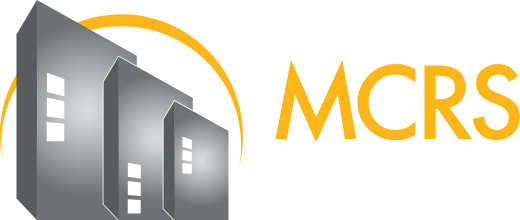Condominium Management Law Blog | Michelle Kelly
This is the first of another series for our blog. In this series, we will discuss some common terms and phrases that we regularly hear owners and others in the industry use incorrectly, leading to confusion and errors. Today’s post will focus on terms and phrases used to describe the type of condominium and differentiate between common elements and units.
Type of Condominium
The most common type of condominium in Ontario is a “standard condominium”. The other types of condominiums are “vacant land condominiums”, “common elements condominiums”, and “leasehold condominiums”. Standard condominiums may also be “phased condominiums”, which we will discuss in greater detail in a future post.
You cannot tell the type of condominium by looking at the property (i.e. high-rise or townhouse) or based upon the use of the units (i.e. commercial, residential). For condominiums created on or after May 5, 2001, the easiest way to determine the type of condominium is to look at the name of the condominium. For example, Waterloo Common Elements Condominium Corporation No. 1000 would be a common elements condominium that is the 1000th condominium registered in Waterloo Region. Condominiums created before May 5, 2001 are all standard condominiums but their name will not include the type. For example, Halton Condominium Corporation No. 300 would be a standard condominium despite it missing the word “standard”.
Freehold Condominium
This term is often used incorrectly, especially during the marketing phase of a new condominium development. Almost all condominiums in Ontario are freehold condominiums. The other type, leasehold condominiums, are exceptionally rare. A freehold condominium is one where the structure and land are owned by the unit owner whereas with a leasehold the unit owners do not own the land. The land is leased.
The term “freehold condominium” is typically used to refer to a type of unit that includes the structure and sometimes a portion of the yard around it. There are other terms that may be more appropriate to describe these types of condominiums, such as whole lot or modified boundary condominium. These terms are not as catchy, but they are more accurate.
Units vs. POTLs
The term “unit” means the part of the property that is owned by the unit owners, including the land, structures, and any fixtures within the boundaries. Common examples include residential dwelling units, commercial units, parking units, and storage units. Some less common types include sign units, elevator units, and corridor units. For newer condominiums the unit boundaries are described in Schedule “C” of the declaration and in the description. For older condominiums, the boundaries may be in a different schedule or within the body of the declaration. The term “unit” is used for all types of condominiums, except for common elements condominiums.
For common elements condominiums there are no units as the condominium only includes common elements. Instead, the term “POTL” is used to refer to the lands with a common interest in the common elements condominium. “POTL” is an acronym for parcel-of-tied-land.
Common Elements vs. Exclusive Use Common Elements
The term “common elements” is defined in the Condominium Act, 1998, as “all the property except the units”. The easiest way to determine what forms part of the common elements is to review the unit boundaries in the declaration and the description. All unit owners can make reasonable use of the common elements, subject to any conditions or restrictions in the declaration, by-laws and rules.
The term “exclusive use common elements” refers to common elements that are used exclusively by one or more of the owners but not all of the owners. It is common to have one owner have the exclusive use of an area, such as a parking space, balcony, patio, yard, or driveway. Sometimes a group of the owners will share an area, such as a rooftop patio or porch area, based upon the type of unit (i.e. commercial vs. residential) or location (i.e. penthouse or groundfloor units). In newer condominiums the exclusive use common elements are described in Schedule “F” of the declaration.
It is important to understand if an area is part of the common elements or exclusive use common elements as there may be different conditions and restrictions on the use of the area depending upon its classification. It could also be important for maintenance and repair obligations.
Parking Unit vs. Parking Space
Some people use the terms “parking unit” and “parking space” interchangeably, but this should be avoided as there tend to be different rights and obligations for a parking unit compared to a parking space. A “parking unit” is more properly used to refer to units that are capable of being transferred, subject to restrictions in the declaration. A “parking space” should be used to other parking areas outside of the units, located on the common elements or exclusive use common elements.
Thanks to our summer students, Zach Powell and Hannah Johnston, for help with this post. Stay tuned for more in this series!
Read the rest of this series here:

